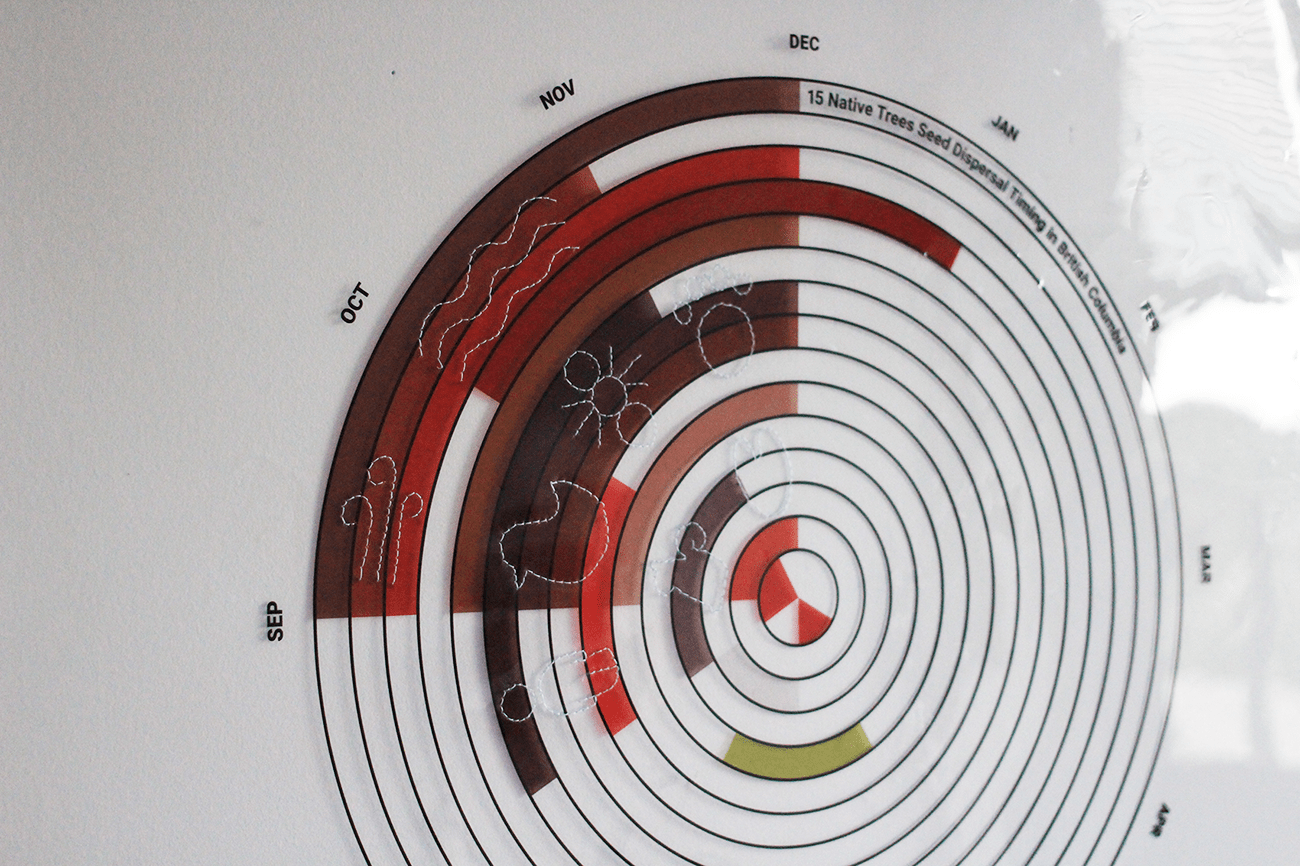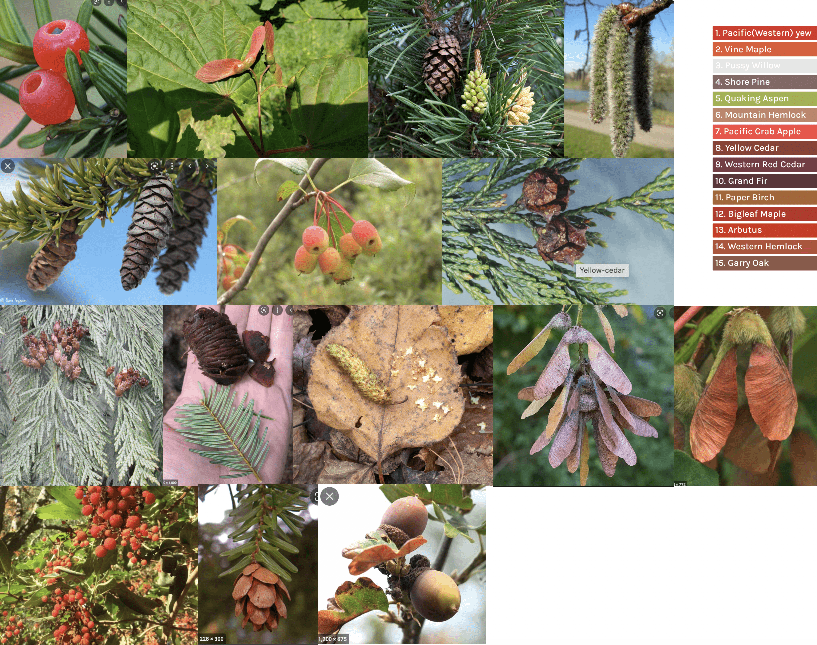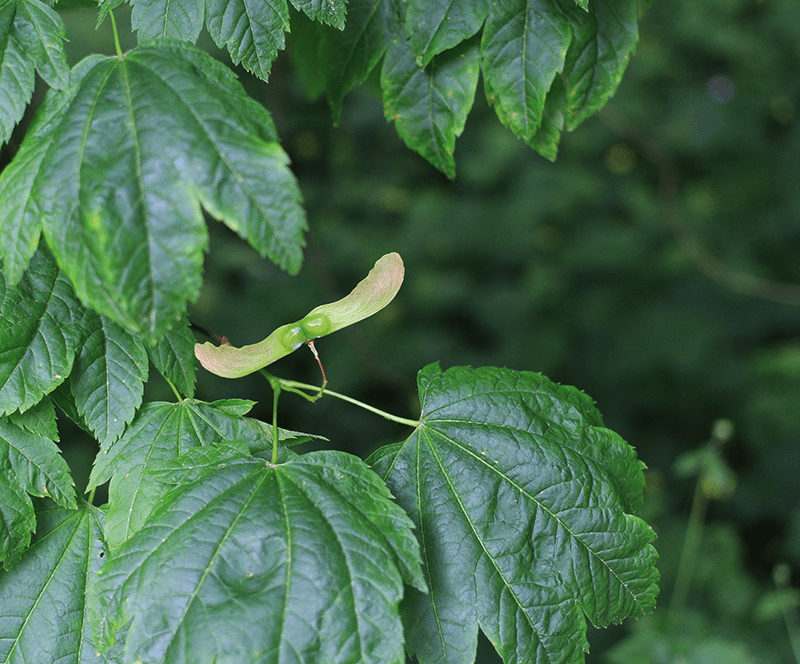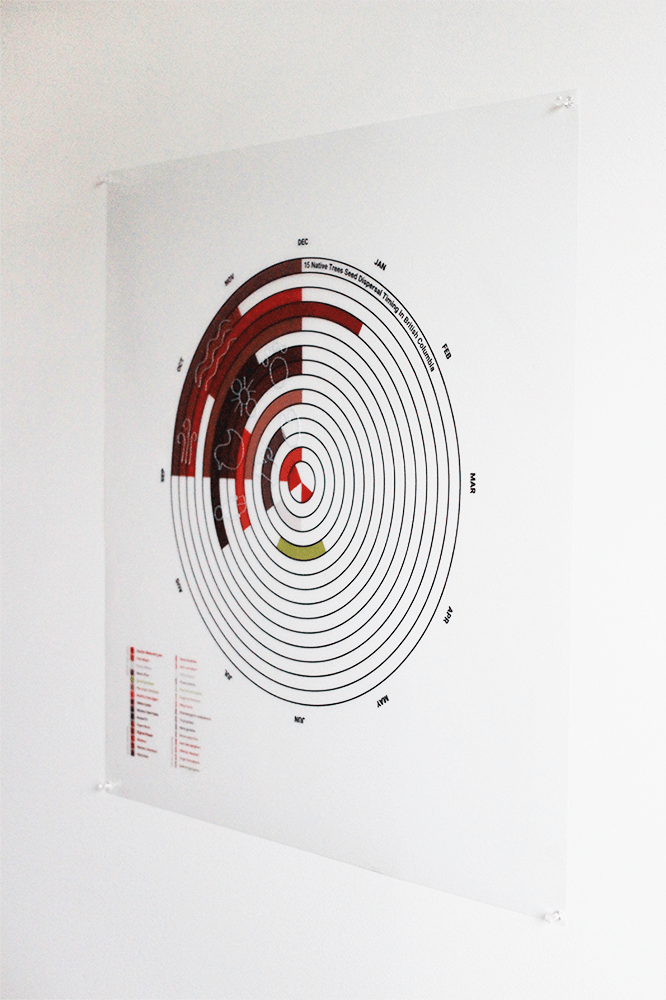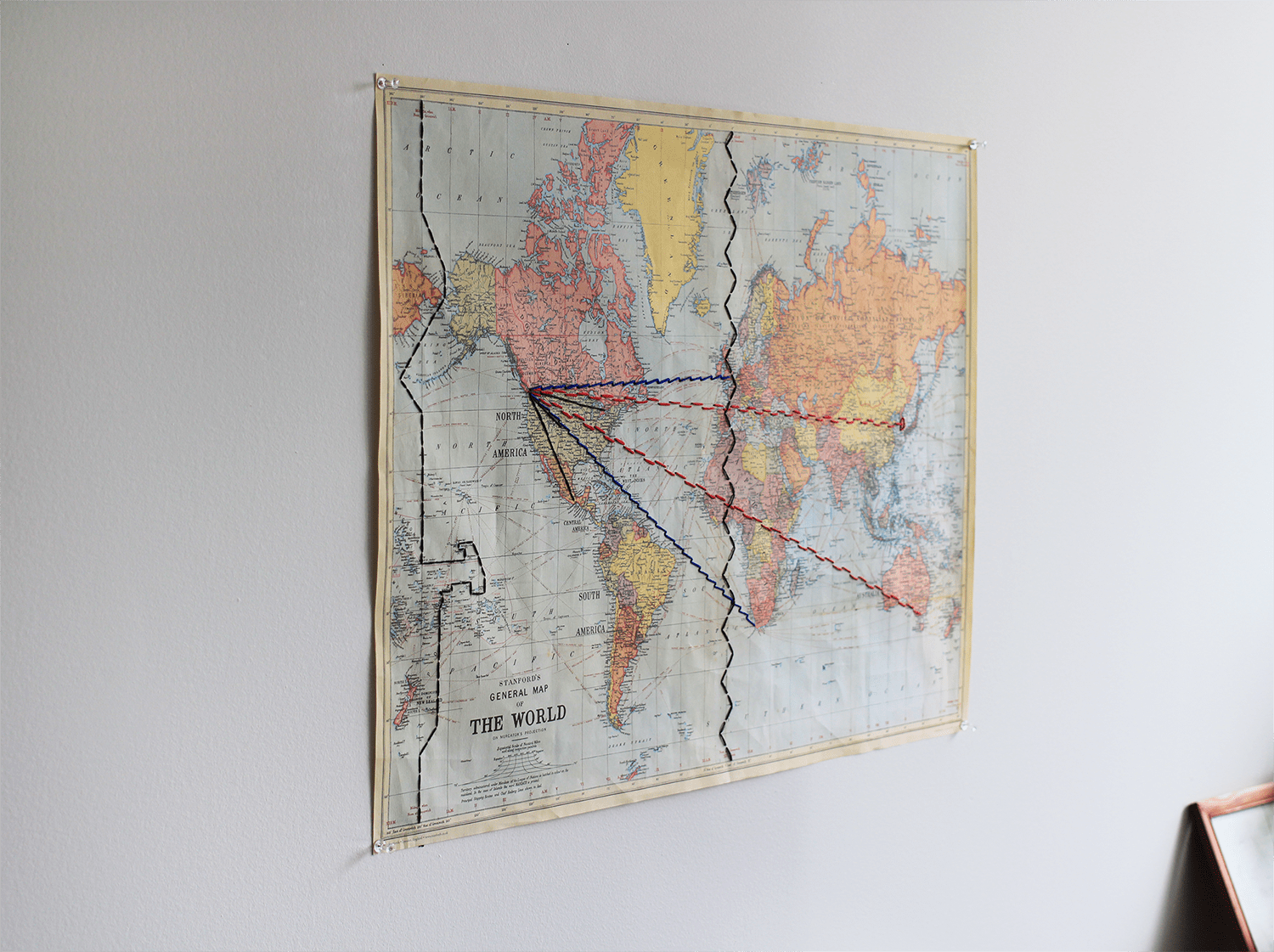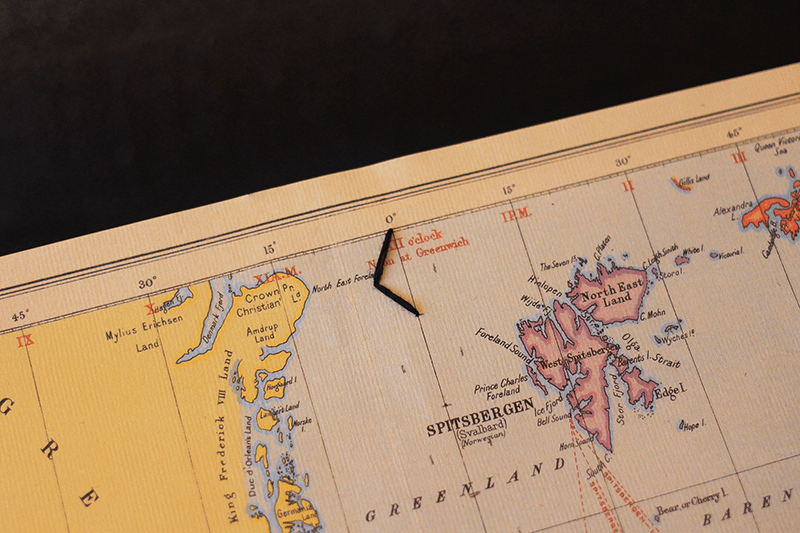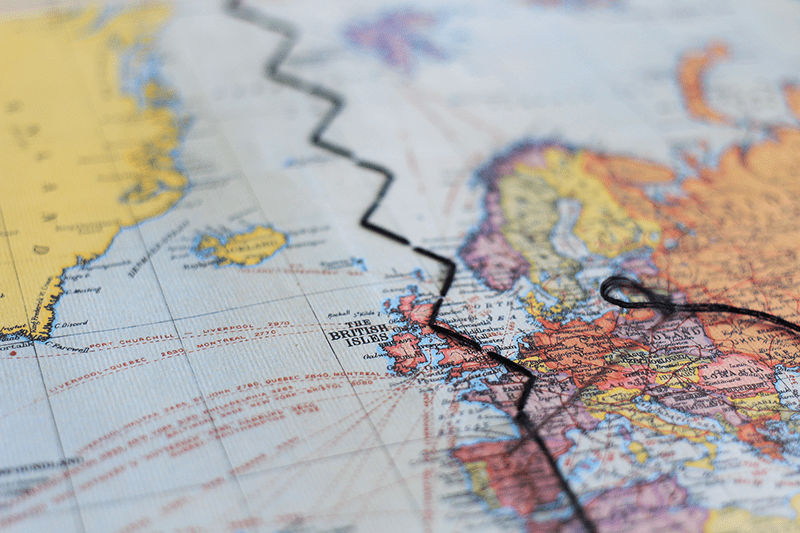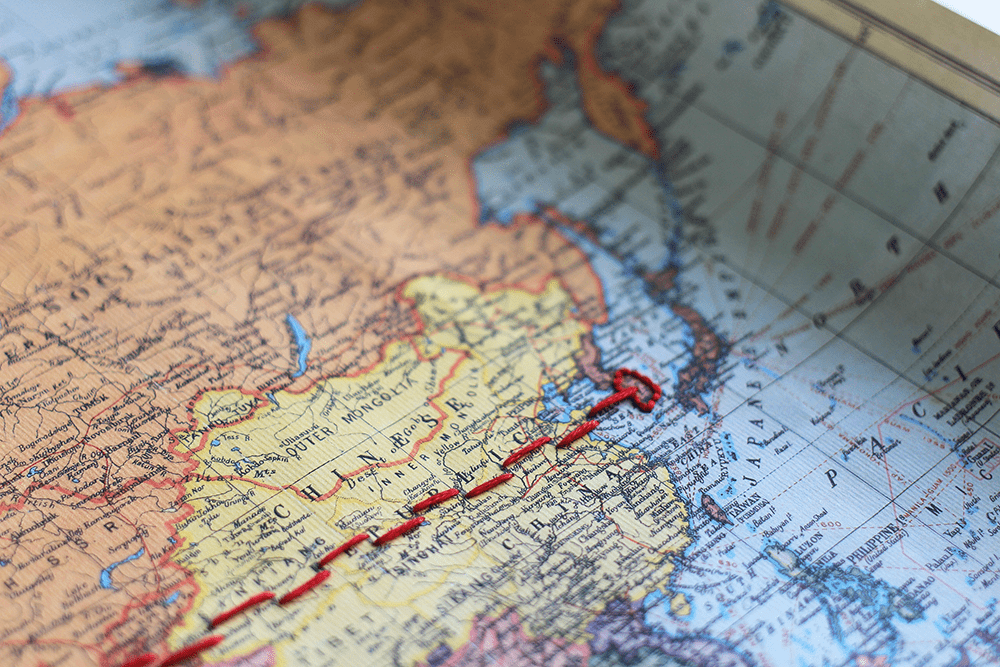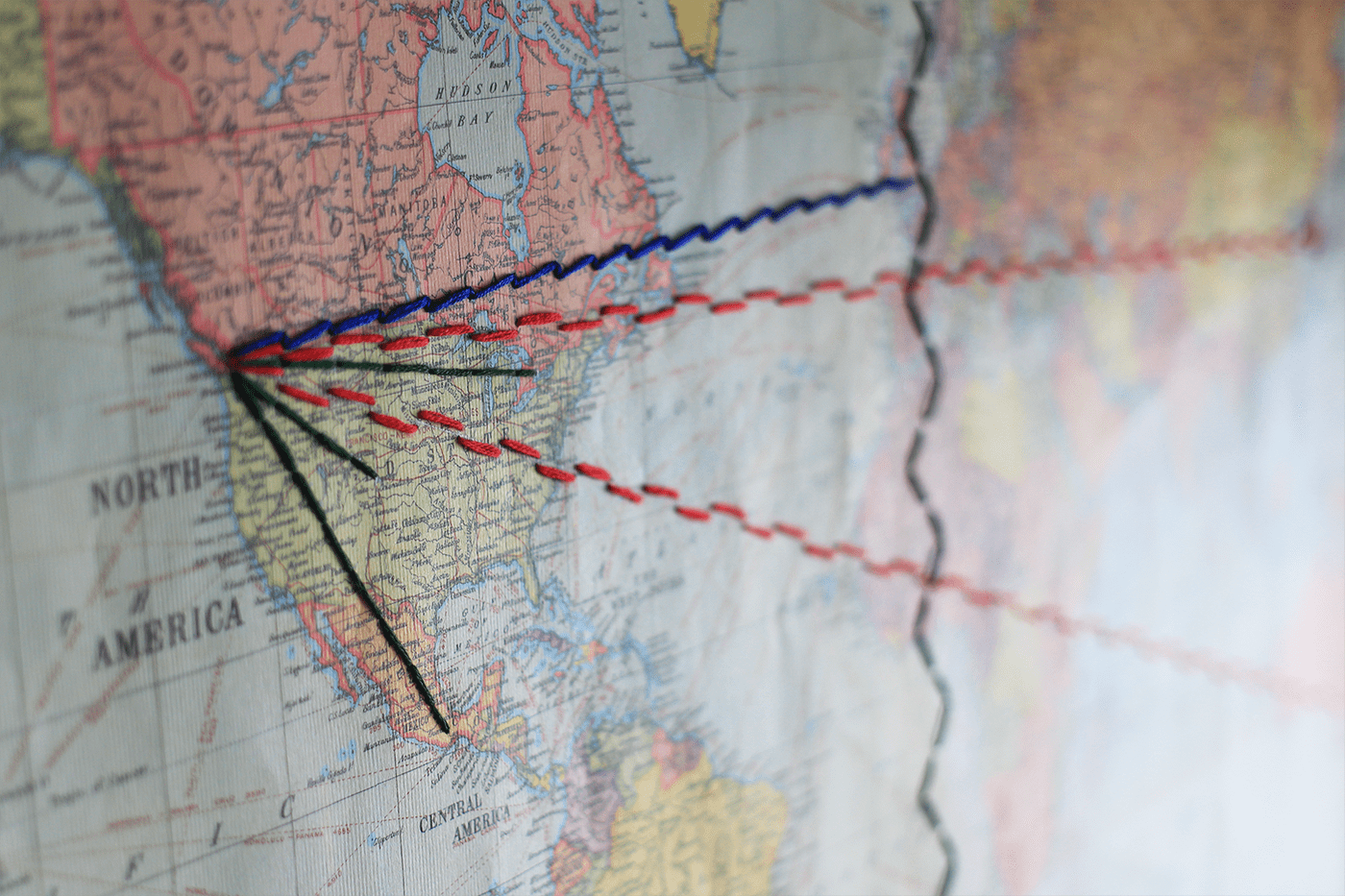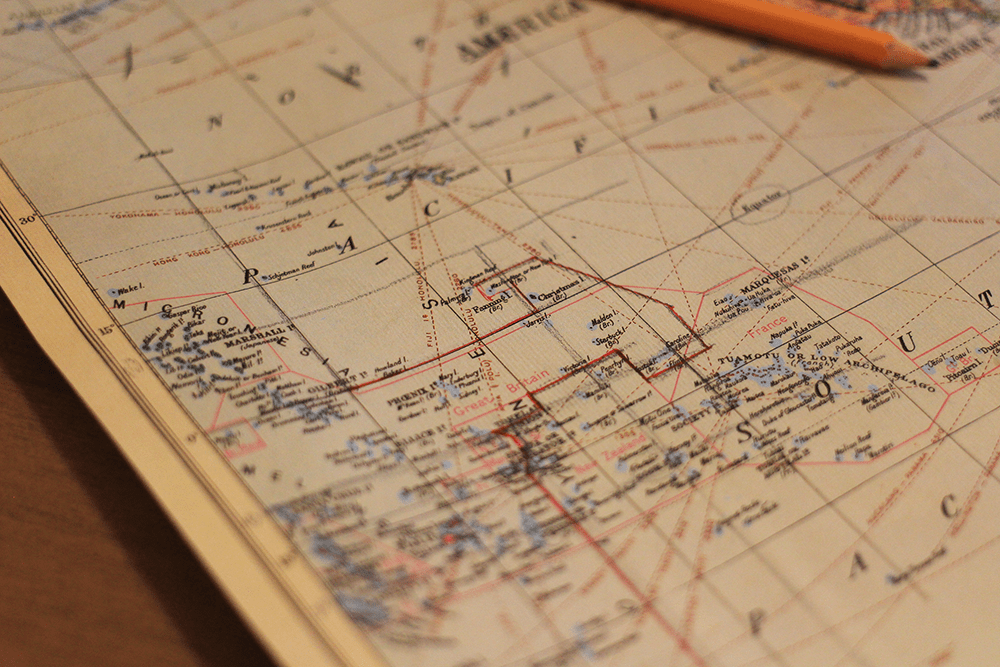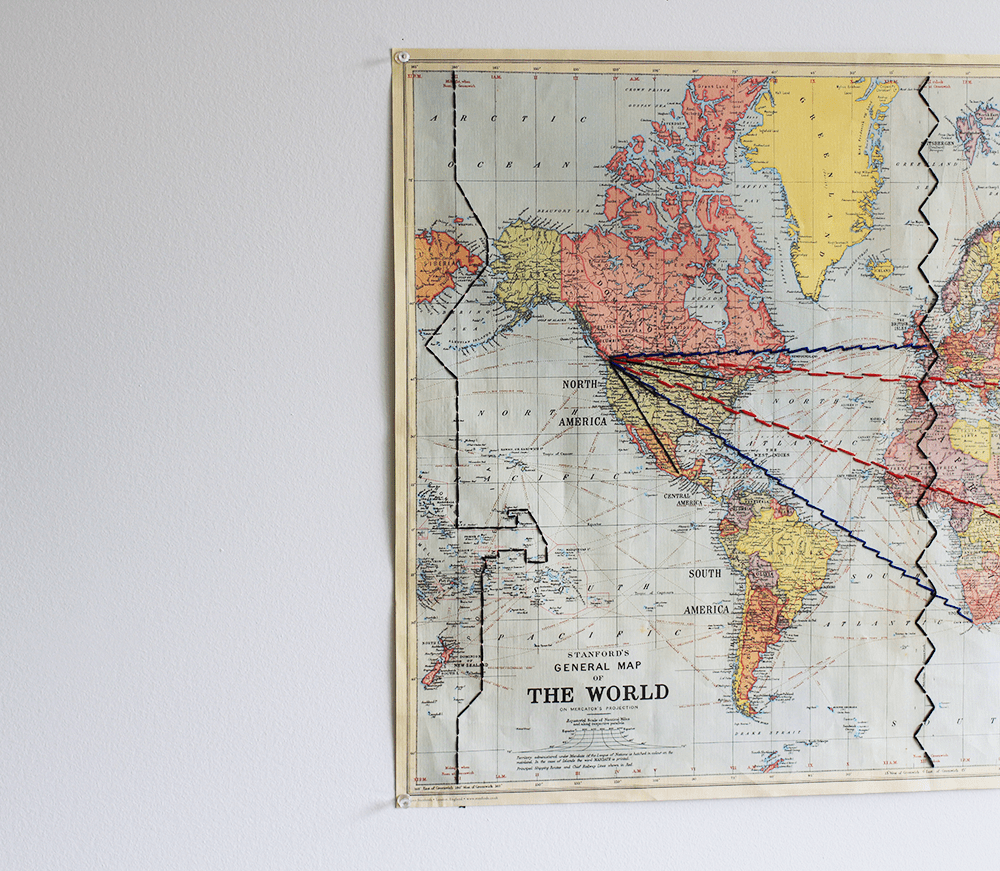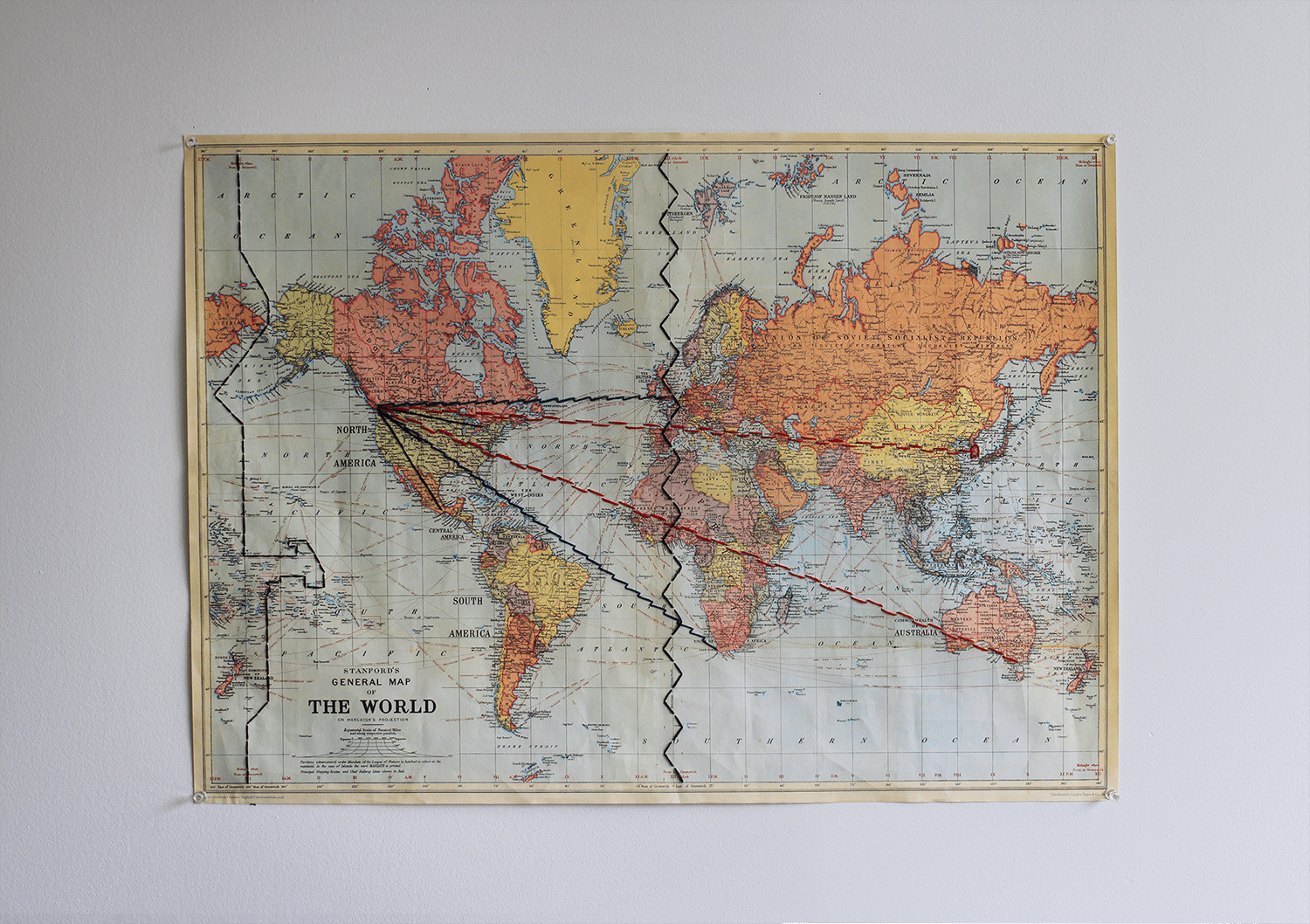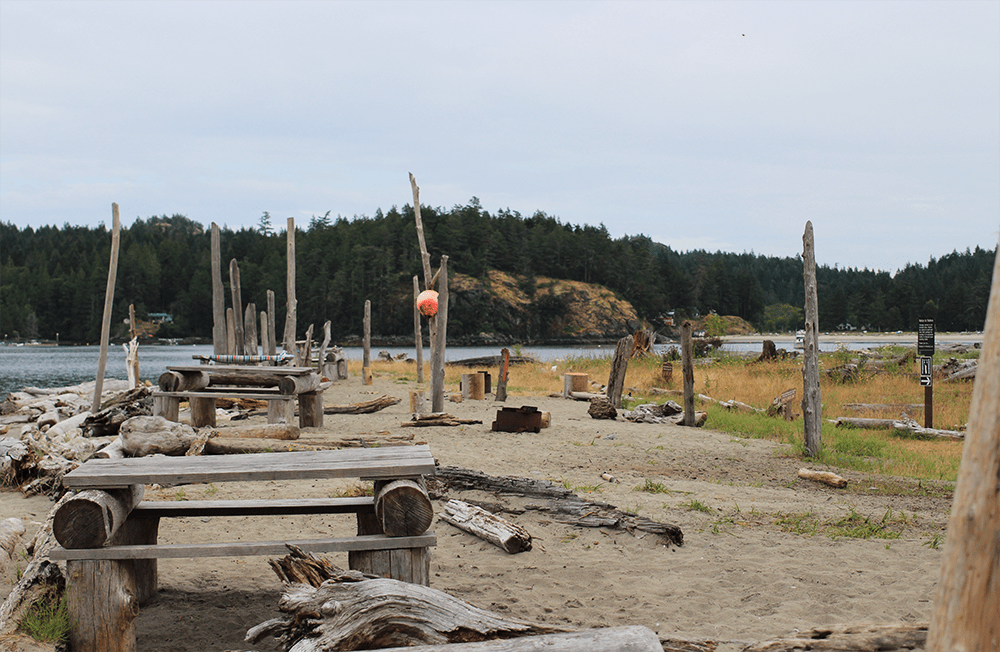
Backcountry Camping along the traditional territories of the Tla’amin, Klahoose, shíshálh, and Skwxwú7mesh nations (Sunshine Coast): three sunrises, three moonrises
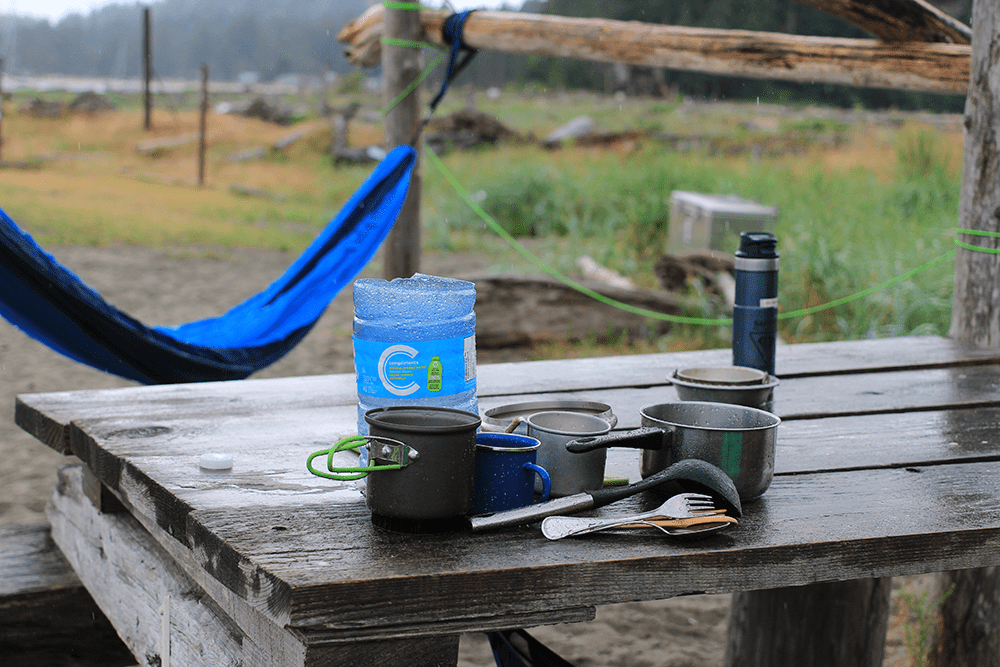
This project was one of the most intriguing projects I planned to do this summer. I wanted to relocate from the urban environment and its quantified structure of time to cyclical time in nature to compare my relationship with time in opposite environments.
It includes similar methods from the previous Investigating my relationship with time project, but since I didn’t check the quantified clock time, my reflections happened irregularly.
1. Journaling: My three sun-ups time journal
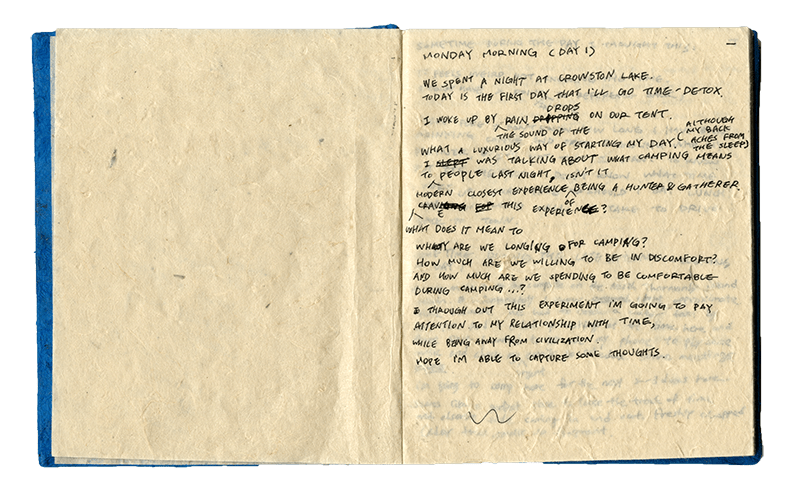
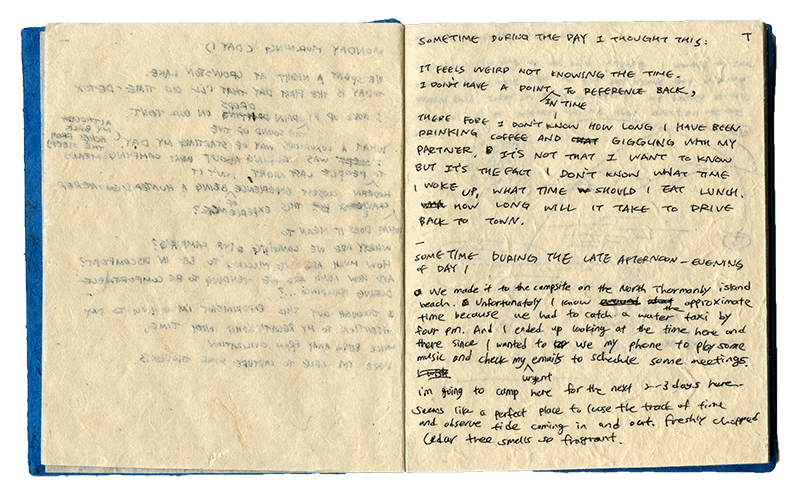
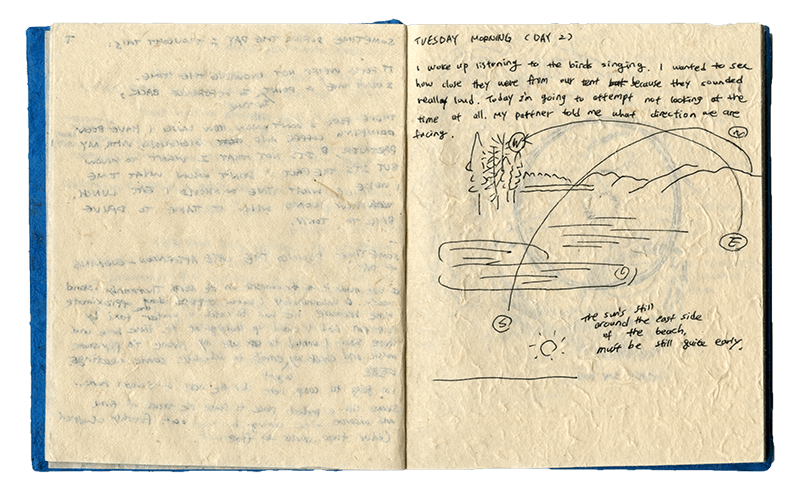
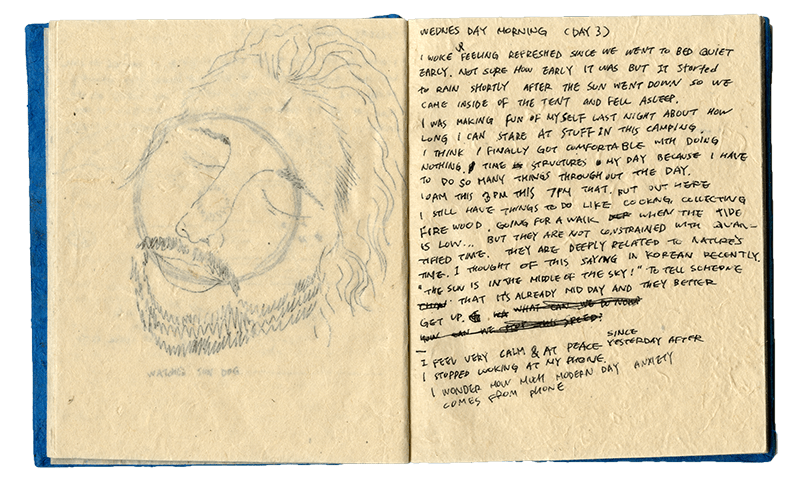
Day 1-1. Sometime after I woke up, most likely morning
We spent a night at Crowston Lake. Today is the first day I’ll go on “the quantified time detox.” I woke up to the sound of the raindrops on our tent. What a luxurious way of starting my day, despite minor backaches. Last night before falling asleep, I was talking to my partner about how backcountry camping feels like the closest experience of being a hunter & gatherer in modern-day living, although the objects I rely on to survive are heavily artificial and industrialized. Why am I longing for camping? What does it mean to crave this experience? And how much are we willing to be in discomfort? How much are we willing to spend not to lose comfort and convenience during camping? Throughout this experiment, I’m going to pay attention to my relationship with time while being away from civilization. I hope I’m able to capture some thoughts.
Day 1-2. Sometime during the day
It feels weird not knowing the time. I don’t have a point in time to reference back. So It’s hard to tell how long I’ve been drinking coffee and giggling with my partner. It’s not that I want to know, or I have to know these things. But the fact that I don’t know what time I woke up, what time I should eat lunch, or how long it will take to drive back to town makes me realize how freeing it feels to not structure my mundane activities in the measured and numerical notion of time.
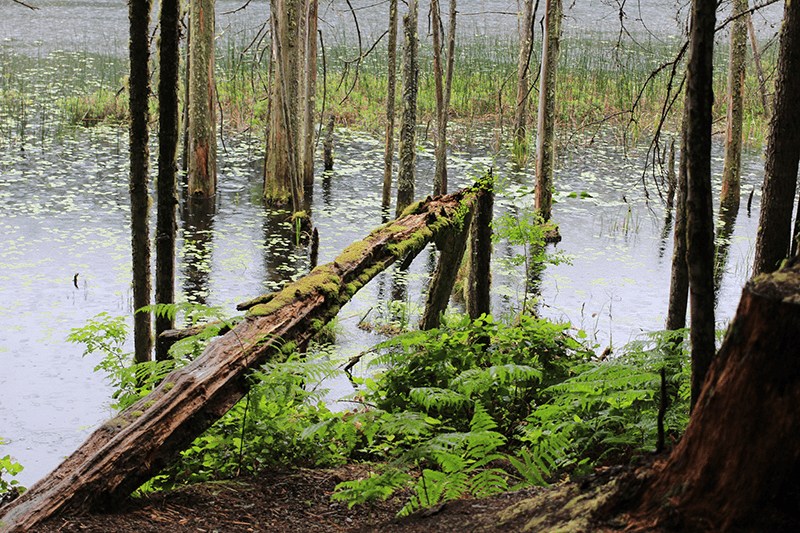

Day 1-3. Sometime during the late afternoon or evening
We made it to the campsite on the North Thormanby island beach campsite. Unfortunately, I know the approximate time because we had to catch a water taxi by 4 pm. (It sounds more like a water bus or train than a water taxi) And I accidentally looked at the quantified clock time from playing music on my phone and checking urgent emails to schedule meetings next week. We are going to camp here for the next two to three days. It seems like a perfect place to lose track of time and observe other things that could indicate time, such as this tide coming in and out right in front of the campsite. Freshly chopped cedar tree for fire smells so fragrant.

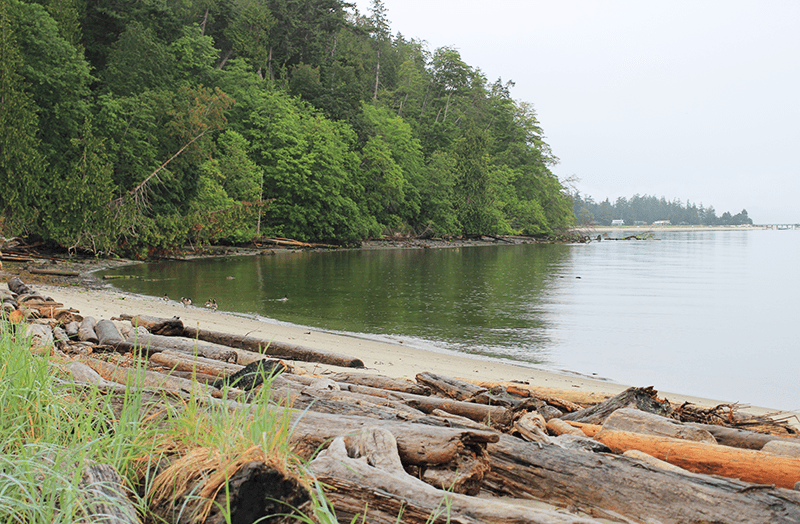
Day 2. Sometime in the morning
I woke up listening to the birds singing. I wanted to see how close they were to the tent because they sounded loud. Today I will attempt not to look at the time at all, probably my phone in general. My partner told me where north, south, east, and west are from the campsite. The sun is still around the east side of the beach in front of us, so it must be still quite early in the morning.
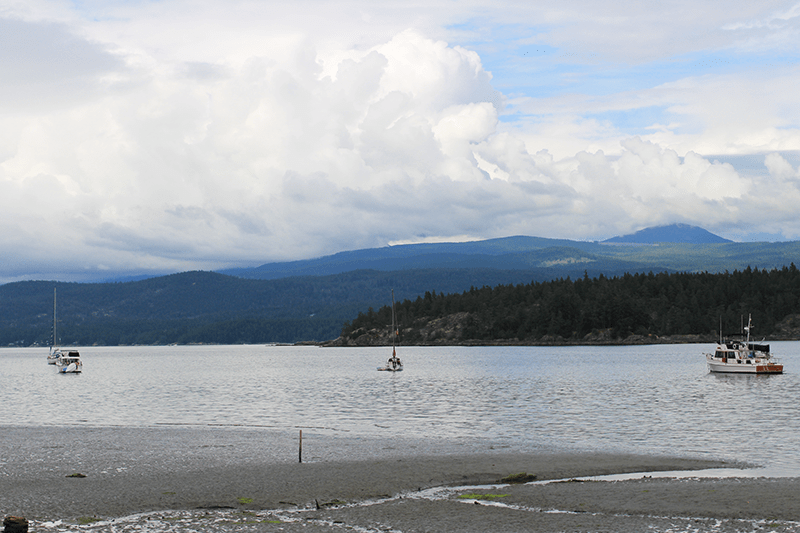
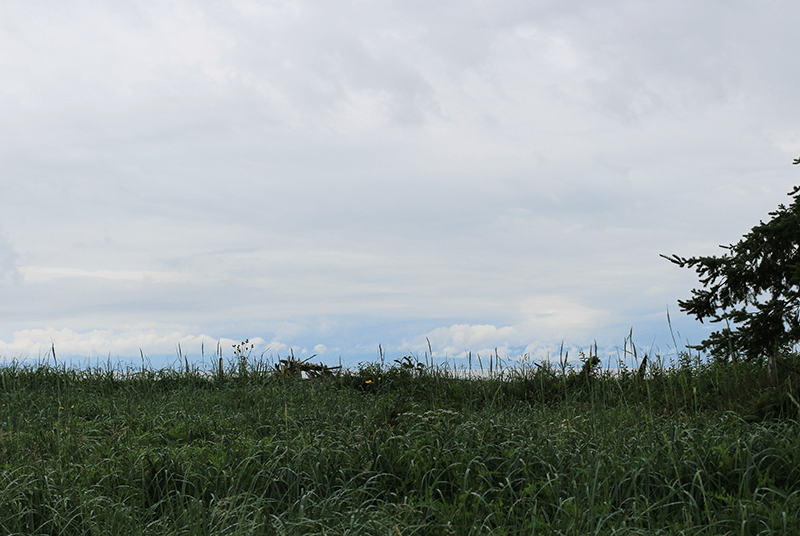
Day 3. Sometime in the morning
I woke up feeling refreshed since I went to bed quite early last night, although I don’t know how early it was. It started raining shortly after the sun went down. So we had to come inside the tent, and I must’ve fallen asleep quickly. Last night, I was laughing at myself about how long I could stare at the water, geese, clouds, and other beings surrounding me without getting bored during this camping. It might be because I feel comfortable doing nothing. In the urban environment, juggling work and study, clock time structures my day because I tell myself I need to get x amount of things done within a day, do this at 10 am, do that at 7 pm… I also need to coordinate my schedule with others frequently. But out here, things I need to do is cooking, collecting drifted wood for fires, and going for a walk before the tide comes back. They aren’t constrained by quantified time. Activities are connected to nature’s time, unlike the city time. I’ve been thinking about this idiom in Korean; “The sun is already in the middle of the sky.” This saying is usually used to tell someone that it’s already mid-day and they better wake up. This is how I guess time here on the island, looking at the sun’s location in the sky.
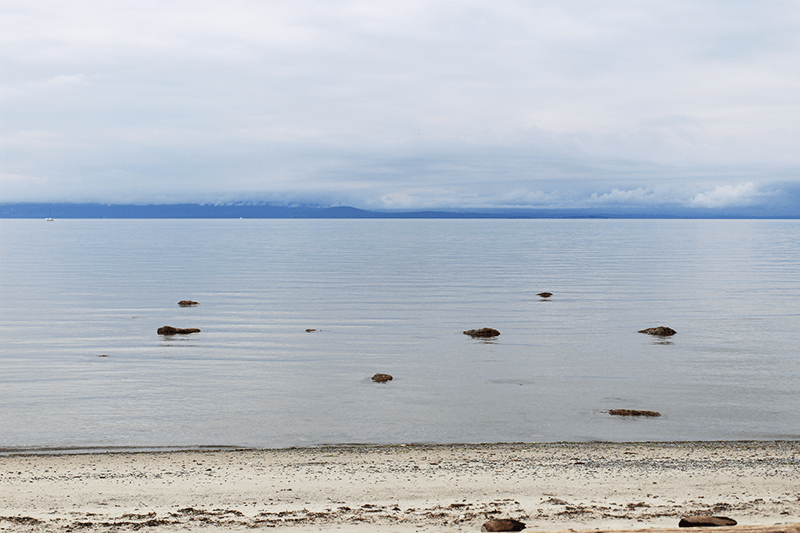
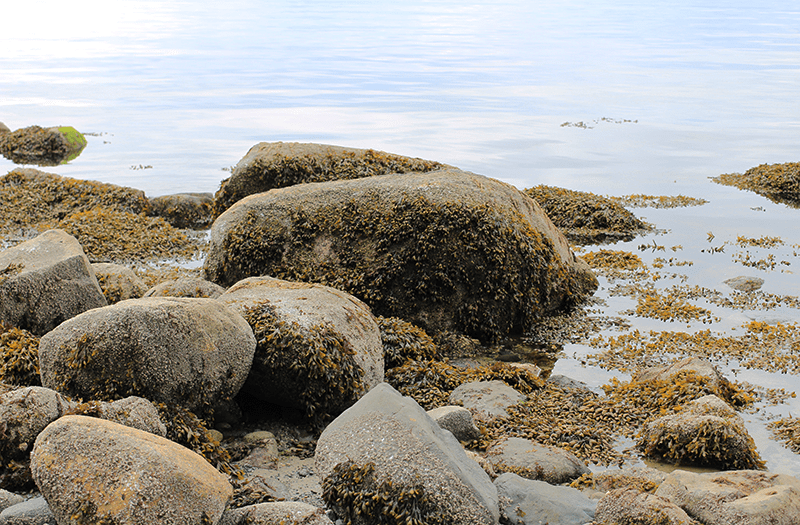
2. Tracking the sun path to tell time
After spending hours observing the sky, I remembered the cardinal points around the campsite would help me tell time depending on where the sun was located in the sky. Since I wasn’t entirely sure about the island’s geographic location, looking at the sun path also helped me understand the space I am in.

Dean Buonomano, in his book about the neuroscience and physics of time, talks about the early importance of astronomy to tell time prospectively, particularly the sun and the moon, as he describes “the two most prominent bodies in the sky.” To our ancestors, tracking time meant fundamentally calendric to predict the seasons and read patterns of potential prey for survival.
For most of my life, I lived in a city apartment surrounded by industrialized urban surroundings. Looking at the sky, guessing what time of the day it is feels foreign and almost silly when it was the primary way of keeping time across the culture.
3. Reading deep time: retrospective time in geology
North Thormanby island is surrounded by big light colour cliffs. I had to grab a chance to walk around the island to look closer when the tide was low.
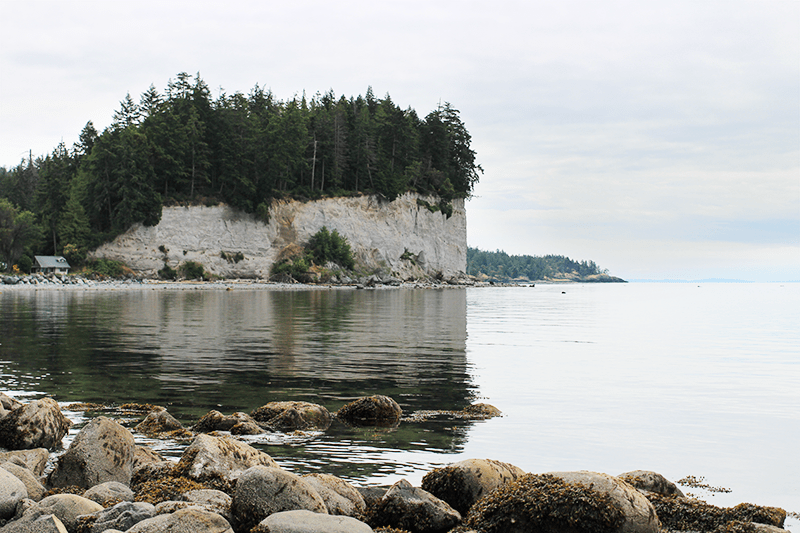
My partner is a geologist, and sometimes I learn different time scales from his ability to read deep time in rocks and landscapes. Obtaining a glimpse of geological knowledge makes me look at the world through a different lens, even though it’s temporary. And this experience teaches me that I encounter things that hold an enormous time scale every day. How long would it have taken for pebbles to form around the construction site next to the campus?
When I got closer to the cliffs, I saw they are made of fine particles. And with my partner’s support, I came to understand these fine particle deposition cliffs around the island (also generally around the Vancouver area) tell so many stories of the past.

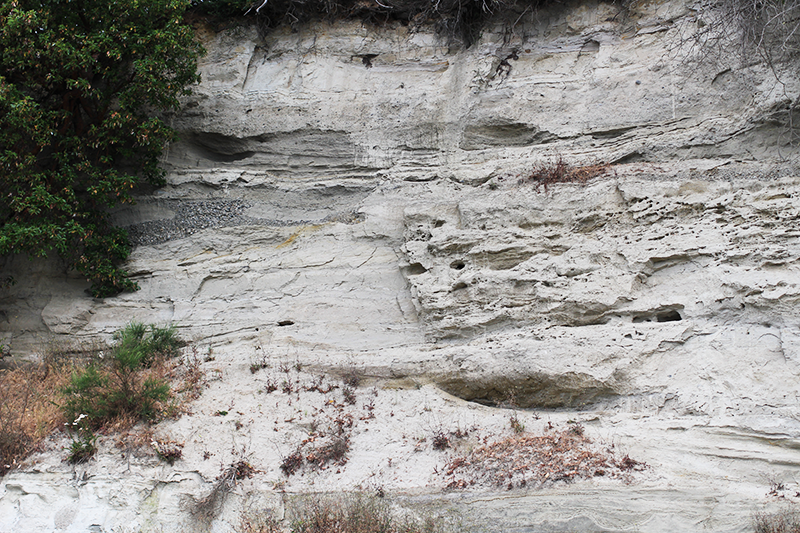
These fine sediments from the cliffs show that it wasn’t a high enough energy environment to cause turbulence when accumulating. And only a fairly flat water environment like a lake lets fine sediments come out of the water, for instance, mud and silt. And the sediment settles down to the bottom of the lake and stacks up on itself. However, we see these cliffs right by the ocean today, and for this area to be a lake, water levels would have been about 100 meters lower than they are currently. So the cliffs show the accumulation would have been caused during the last ice age when the glaciers were around, which helps us speculate they are between 10 to 14,000 years old sediments.

So the particular deposit that the cliffs are made of is called glaciolacustrine (glacier lake) and glaciofluvial (glacier river) sediments. And depending on which sediment is on top, you can speculate the glacier movements, whether it was retreating or advancing. For example, as the front part of a glacier melts, it forms a lake which creates glaciolacustrine sediments. And the lake eventually drains into a river, creating glaciofluvial sediments. So if you imagine a landscape with a glacier, lake and river like the picture above, as the glacier pulls back, lake sediments at the front of the glacier will be covered by river sediments because the entire system retreats. And this deposition of river sediments on top of lake sediments was what my partner was able to observe.
Also, when the glaciers come through, the weight of the ice squishes the rocks underneath it. Huge massive ice acts like a big bulldozer and will scrape and crush rocks while pressing and squeezing them with their weight. And we can see the layers on the cliffs to this date since they were preserved after deposition instead of getting destroyed by later glaciations.
4. Conclusion
Through a few days of backcountry camping without using quantified clock time, I got to experience different perceptions of time that was always around me but had never been paid attention to. The disconnection from civilization helped me stay in tune with the natural surroundings and allowed me to see different time frames beyond human lifetimes. I find something attractive about creating visual translation to capture imperceivable knowledge of time.


